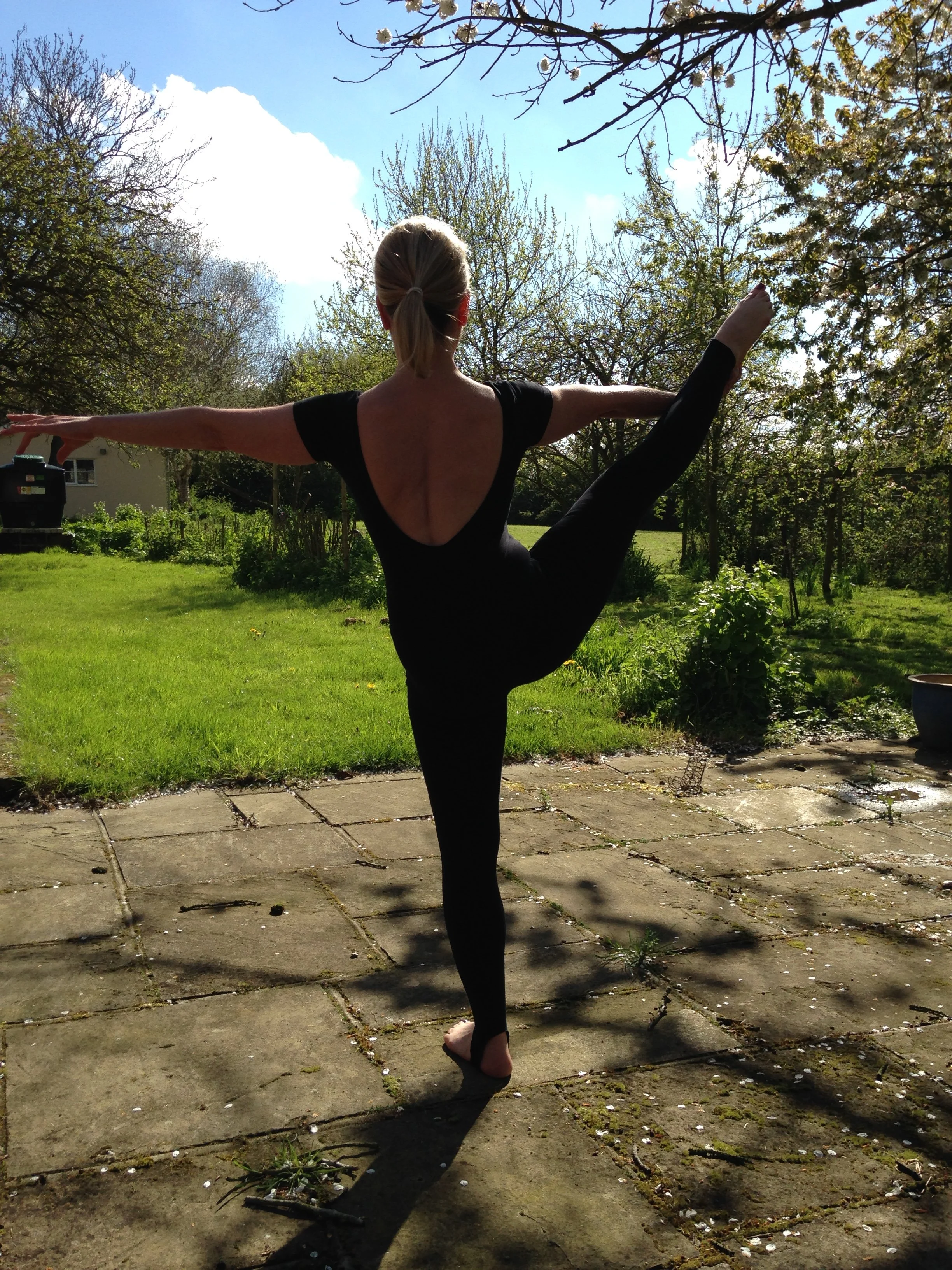WHY PILATES ?
I was first encouraged to study Pilates by my ballet teacher. That was over 20 years ago and I had no idea what it was.
I was told Pilates was ‘the thinking person’s exercise’. After my first class I understood why and was immediately hooked. You really do have to think hard and concentrate to execute the exercises properly.
And it’s no wonder, because the 8 principles of Pilates are no mean feat:
Relaxation
Concentration
Alignment
Breathing
Centring
Co-ordination
Flowing movements
Stamina
In Pilates, we tend to focus on the intrinsic muscles - closer and deeper to the skeleton - which is one of the reasons it’s so good for developing a strong core!
Joseph Pilates was born in 1880 in Düsseldorf. He was a frail child who suffered from rickets, asthma and rheumatic fever. To overcome his ailments he studied western and eastern forms of exercise - yoga, gymnastics, dance, circus skills and weight training - eventually fusing together the technique he became famous for.
Pilates has changed over the years. 1st, 2nd and 3rd generation teachers - to people like me - have adapted and left their own imprint on the technique. As our understanding of how the body works has improved, Pilates has followed, making it more efficient, effective and accessible.
While it It takes time to master the technique, rewards come quickly. Pilates is not a silver bullet that cures all alignments as some suggest. With regular practice it will guarantee greater strength, mobility and suppleness whatever your age or physical condition. I strongly recommend combining your Pilates practice with other exercise, especially yoga and those which improve your cardio vascular system.
After practicing Pilates for many years and teaching hundreds of students I believe that it is a very powerful tool to have in your repertoire. You don’t have to love Pilates as much as I do, but you should think about how it might help you do the things you love.

